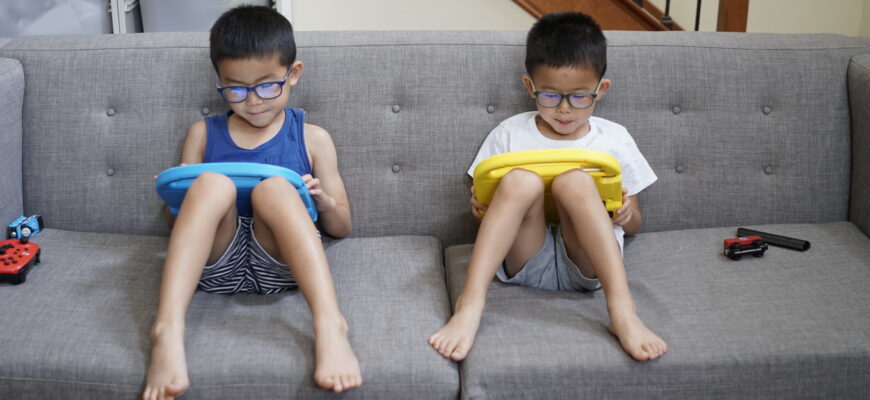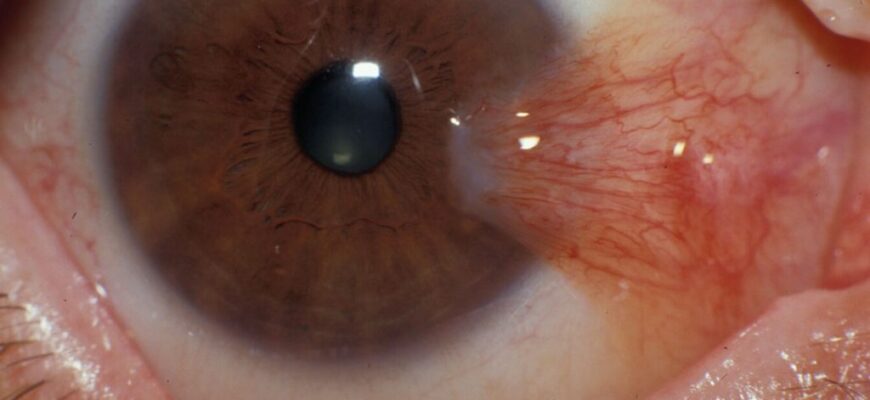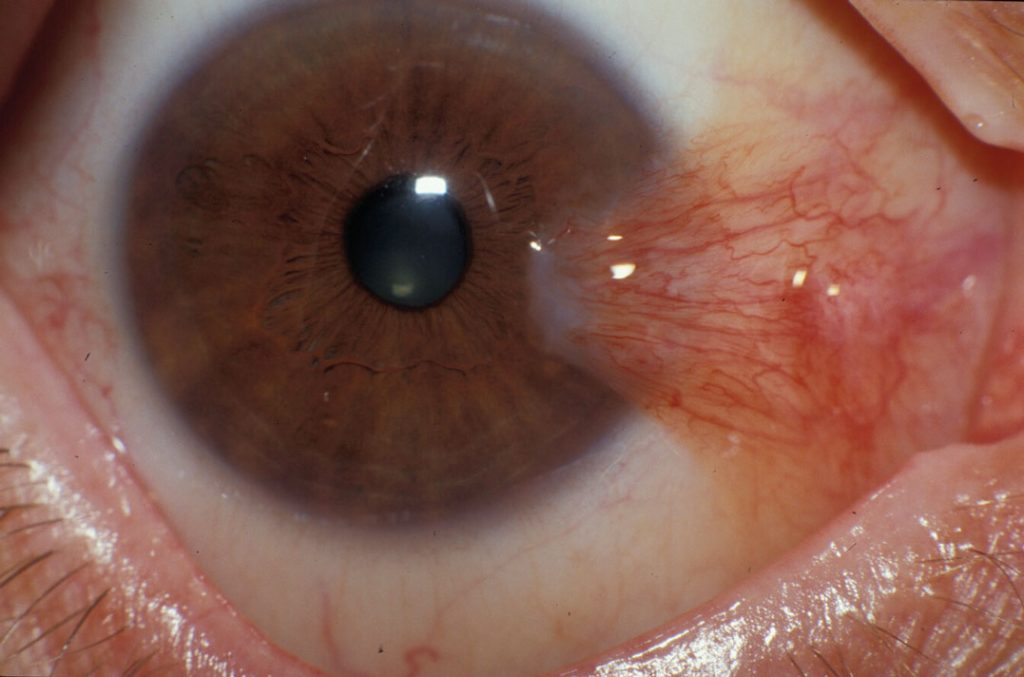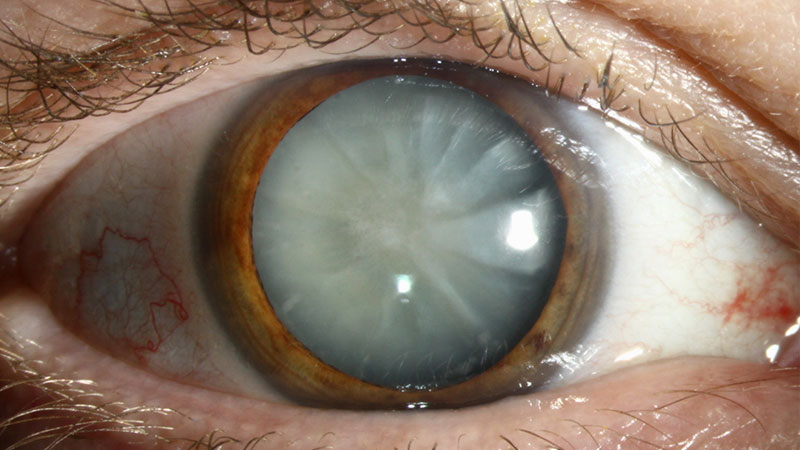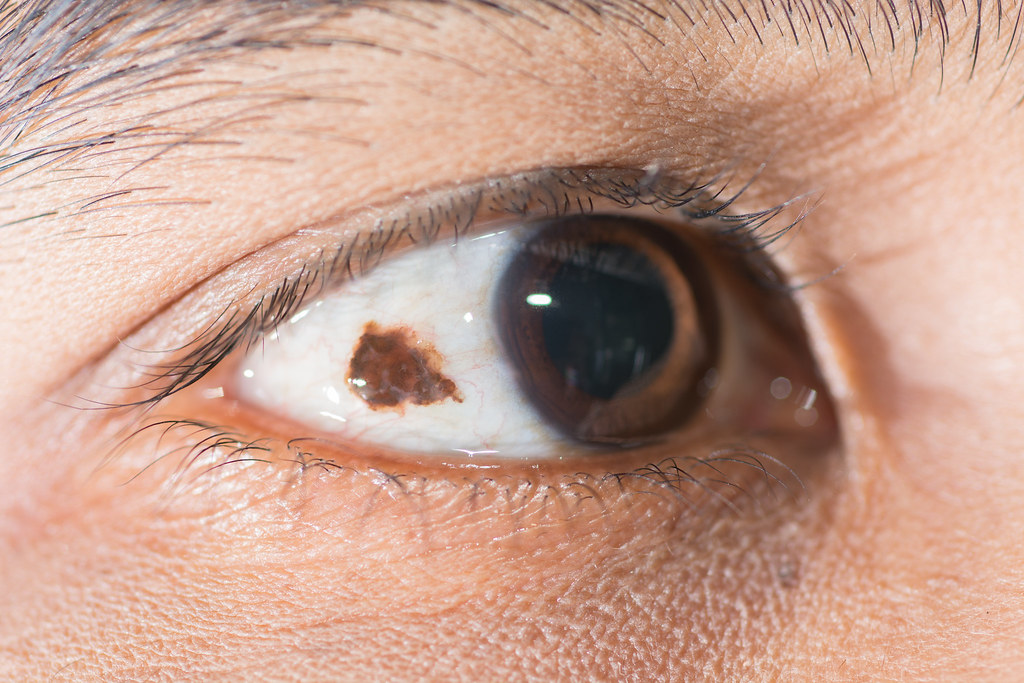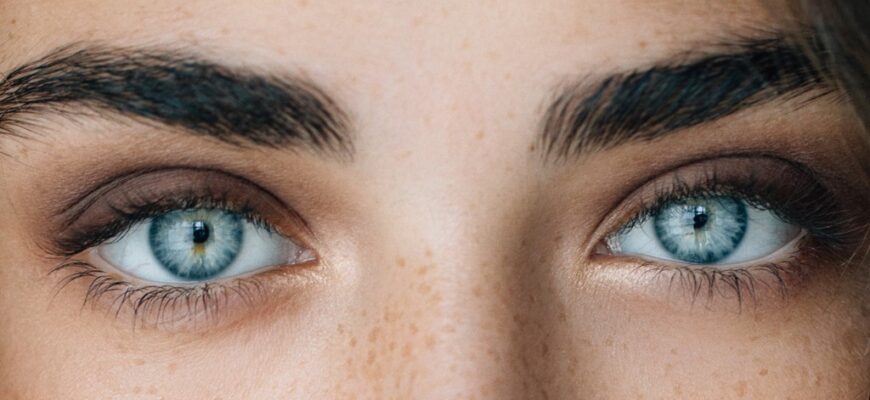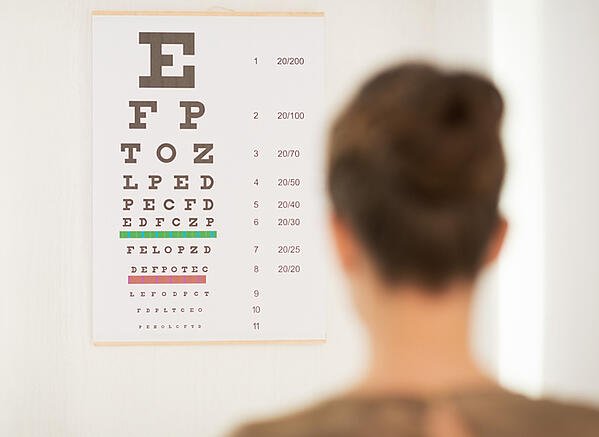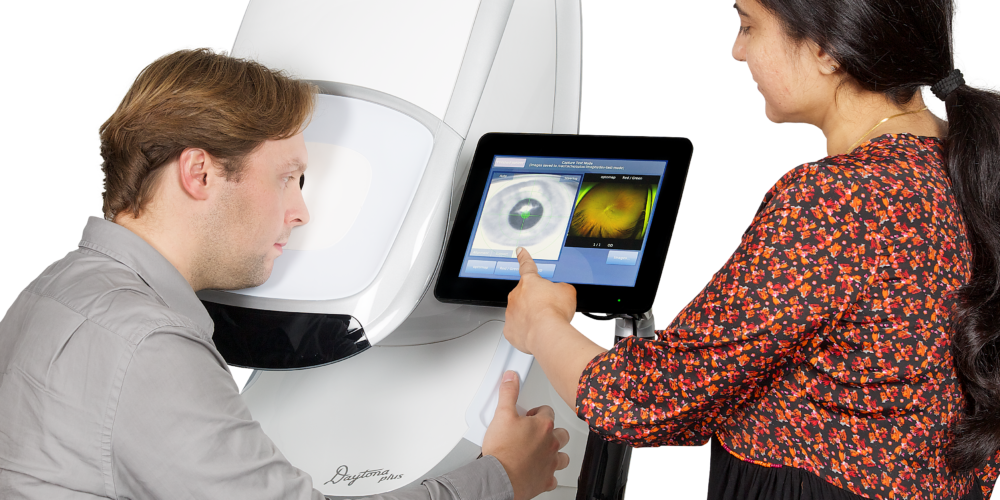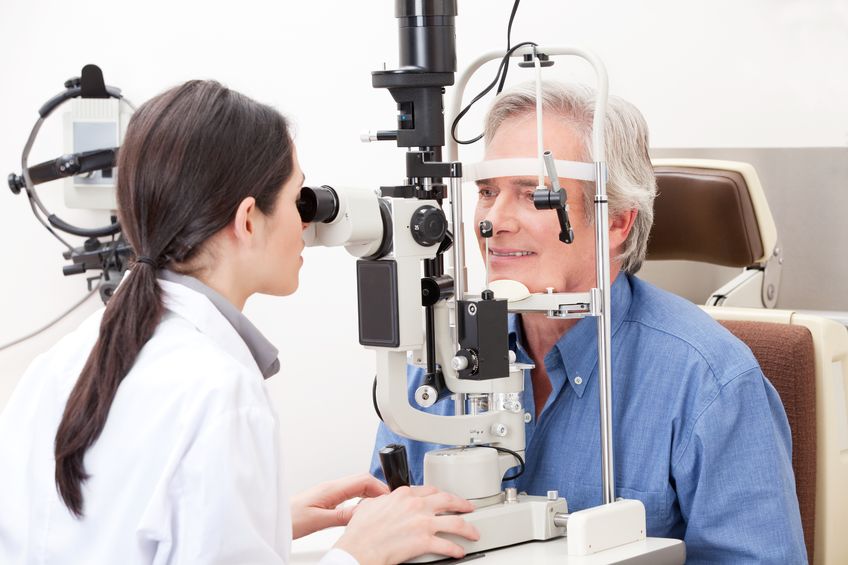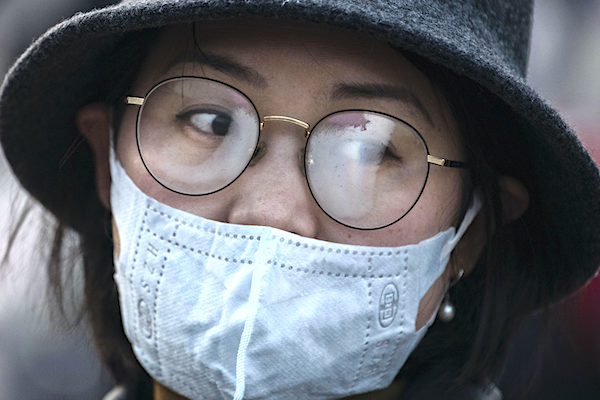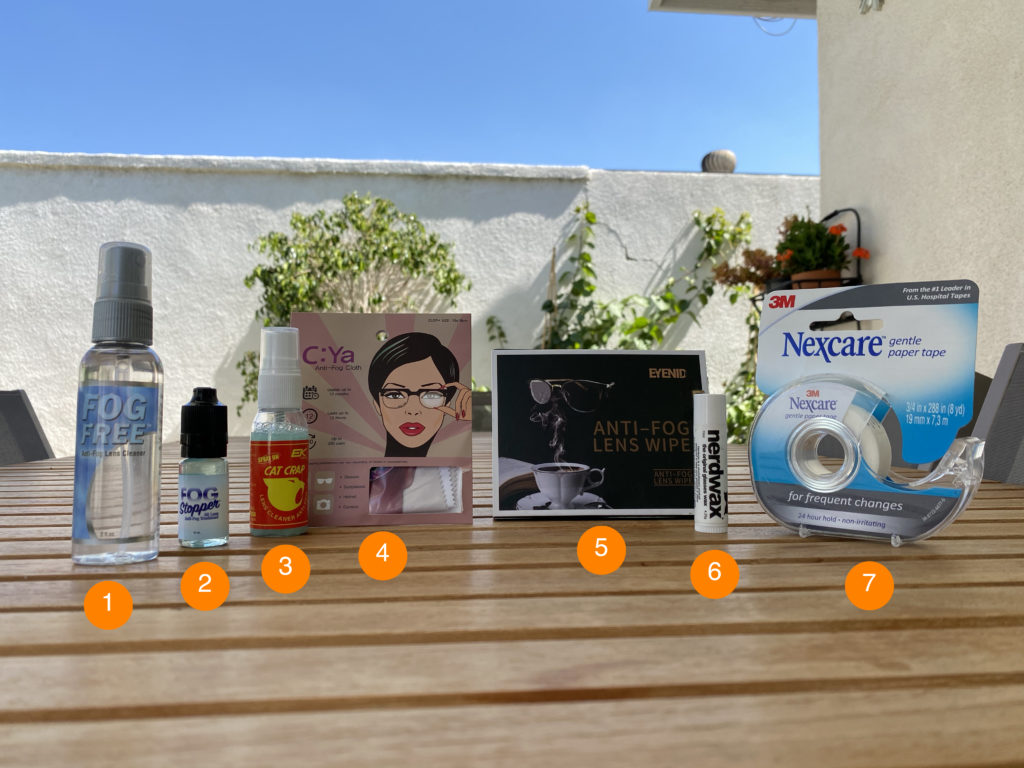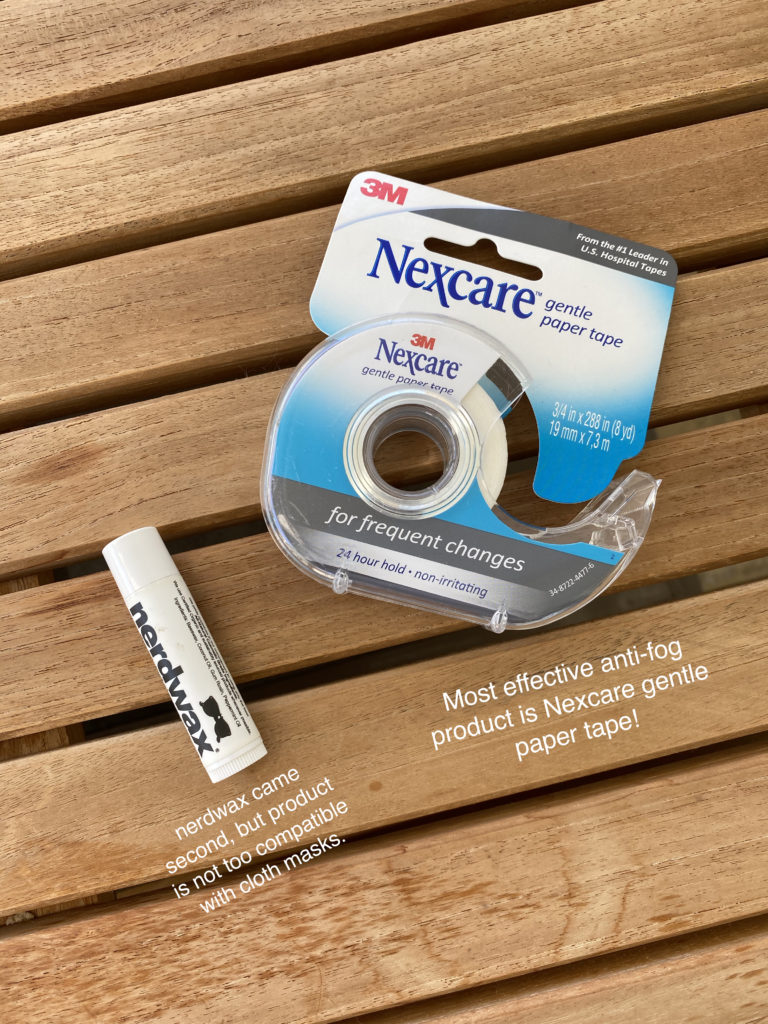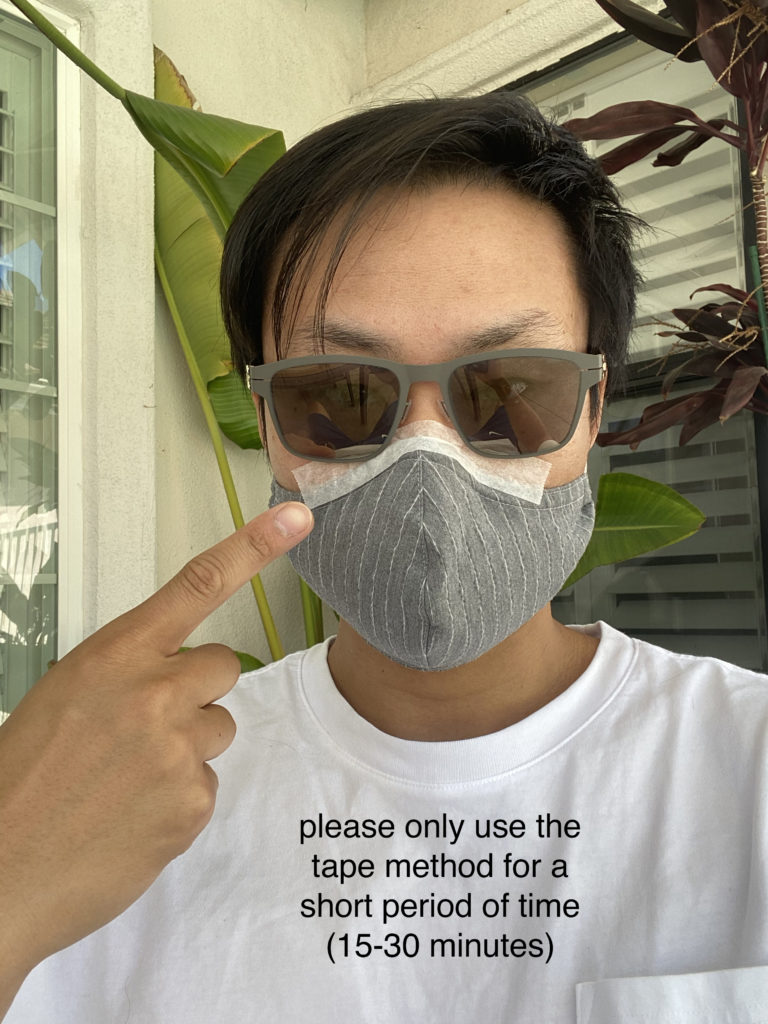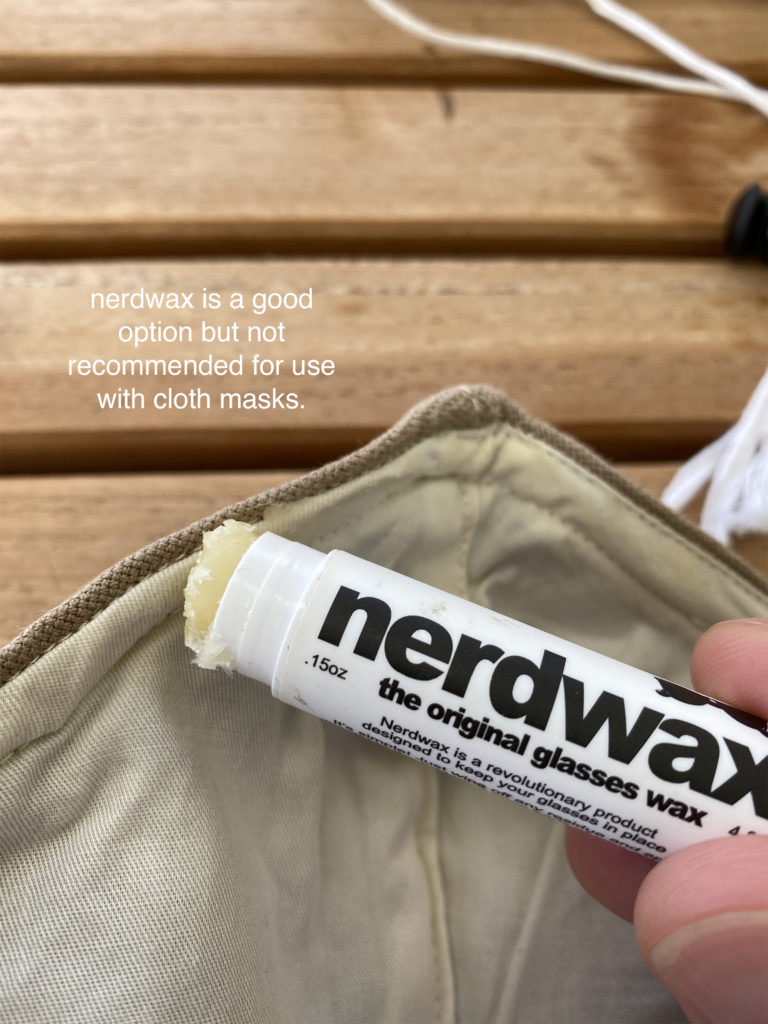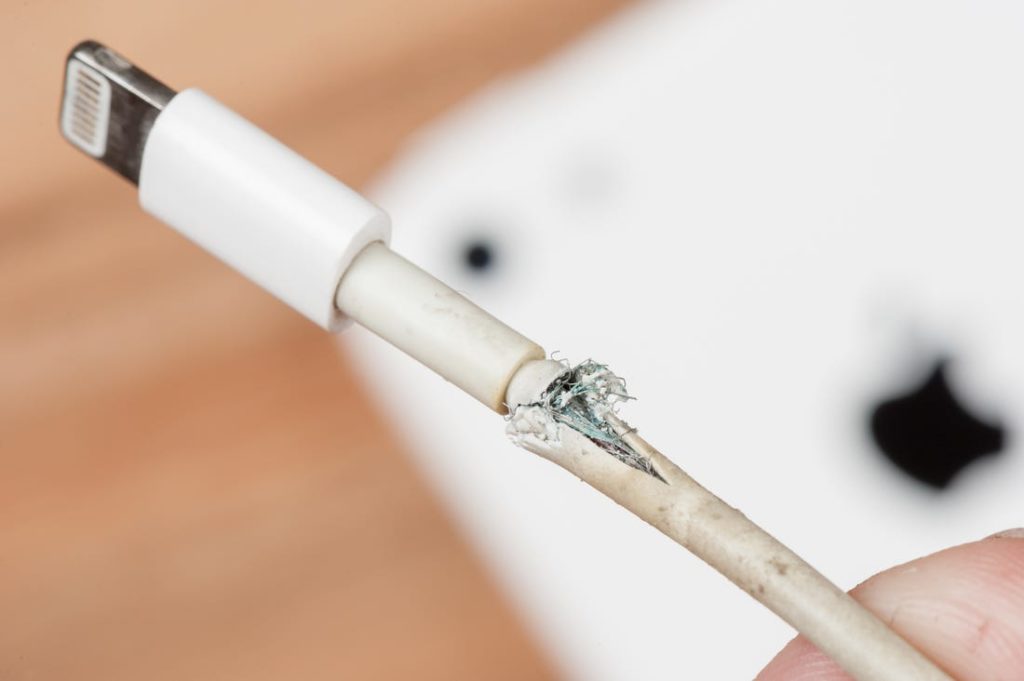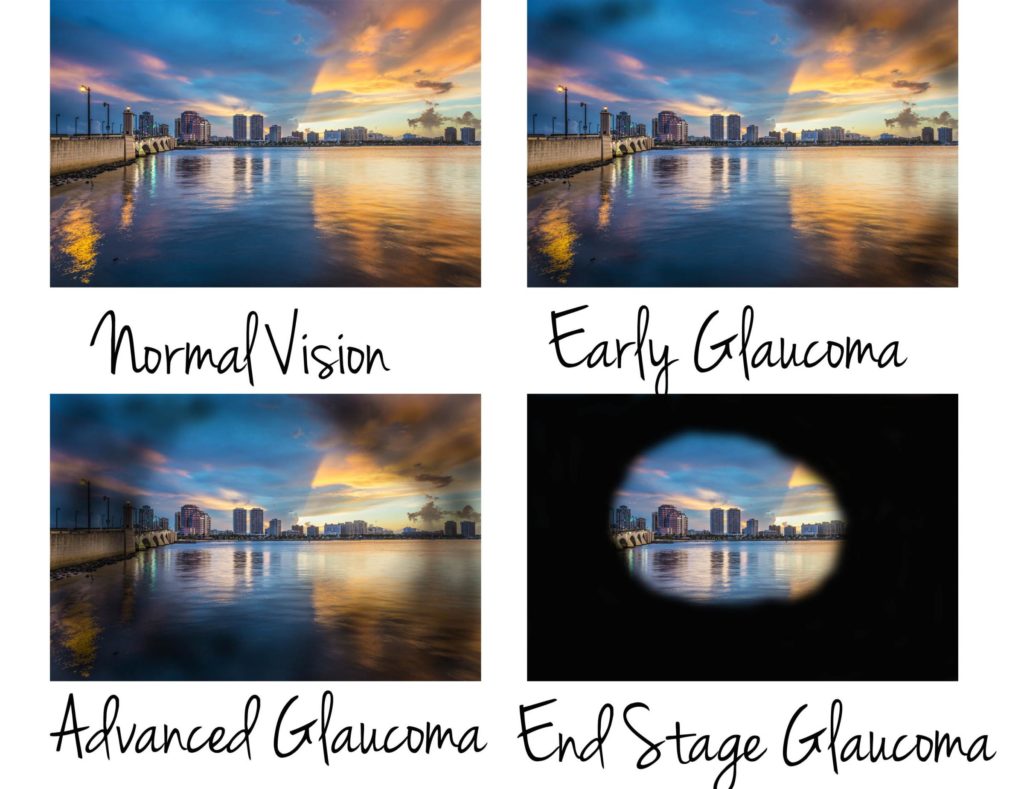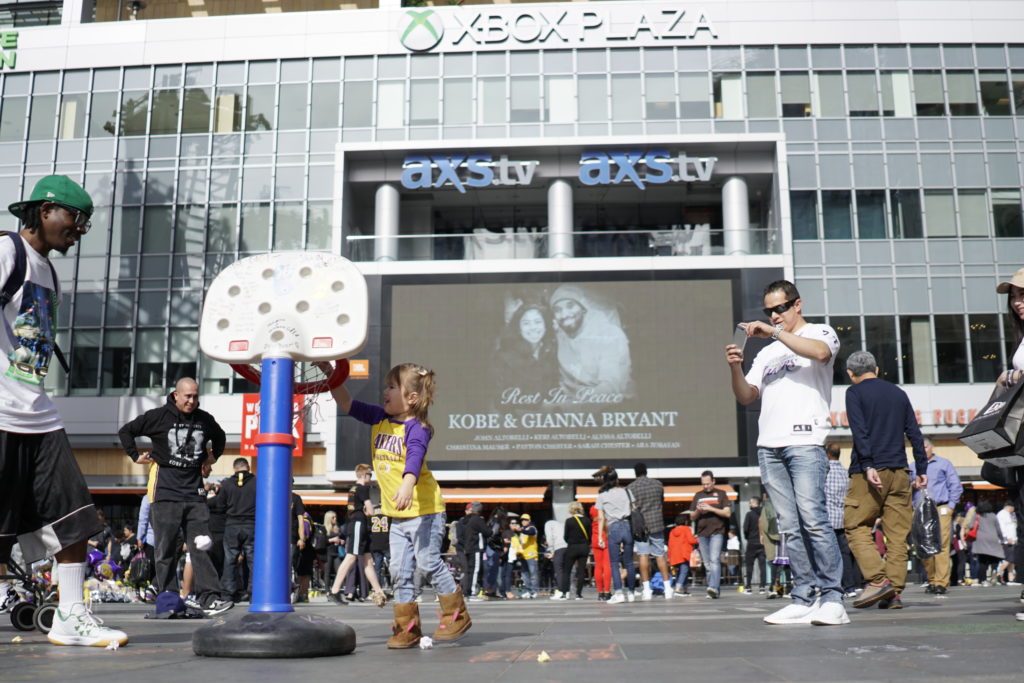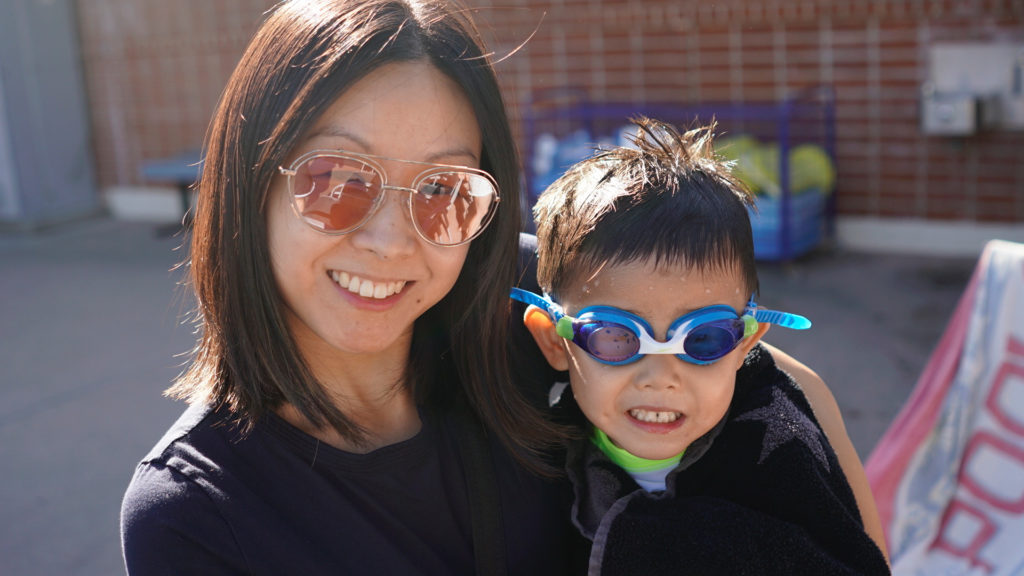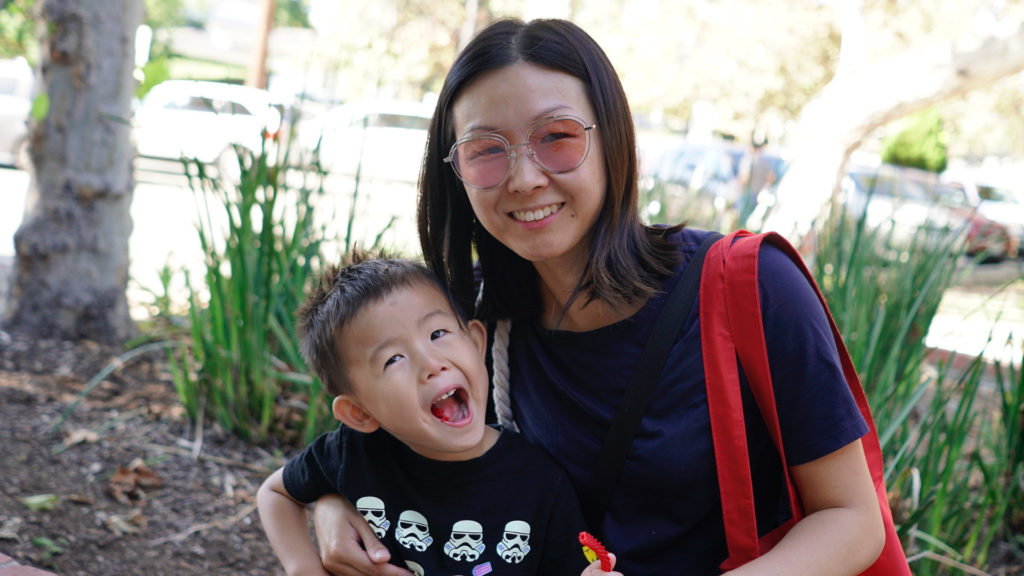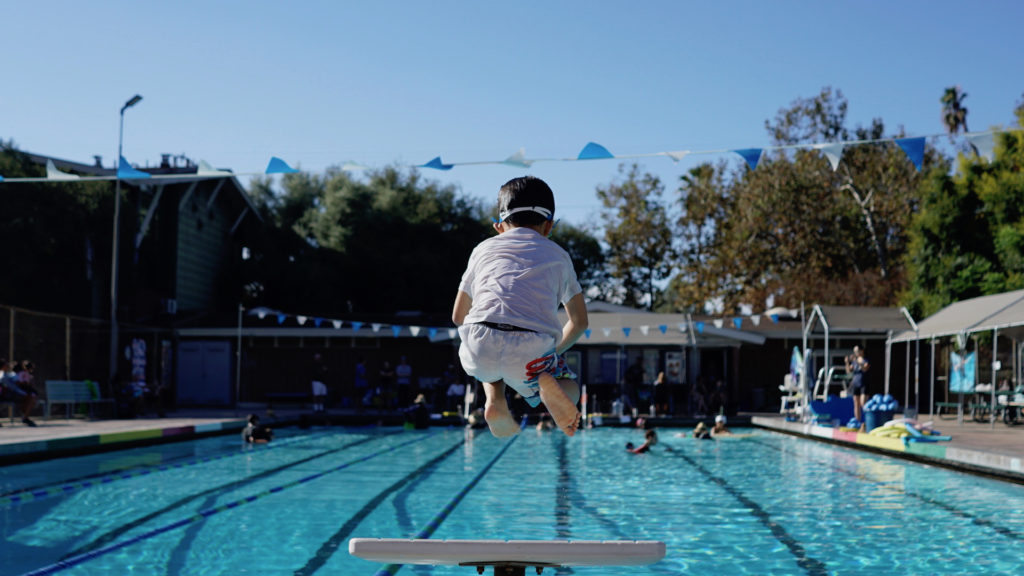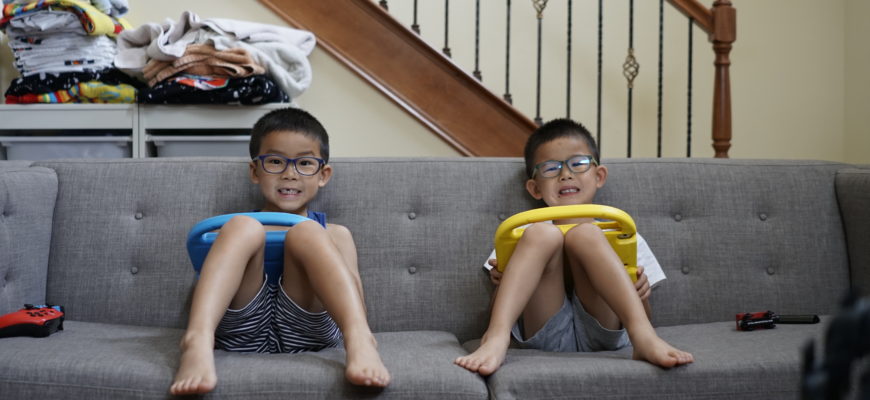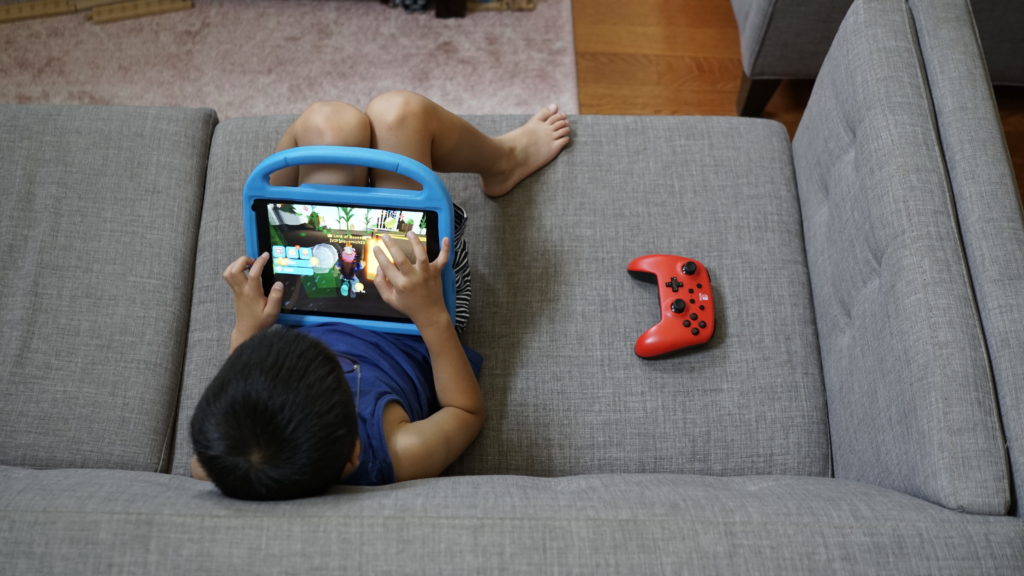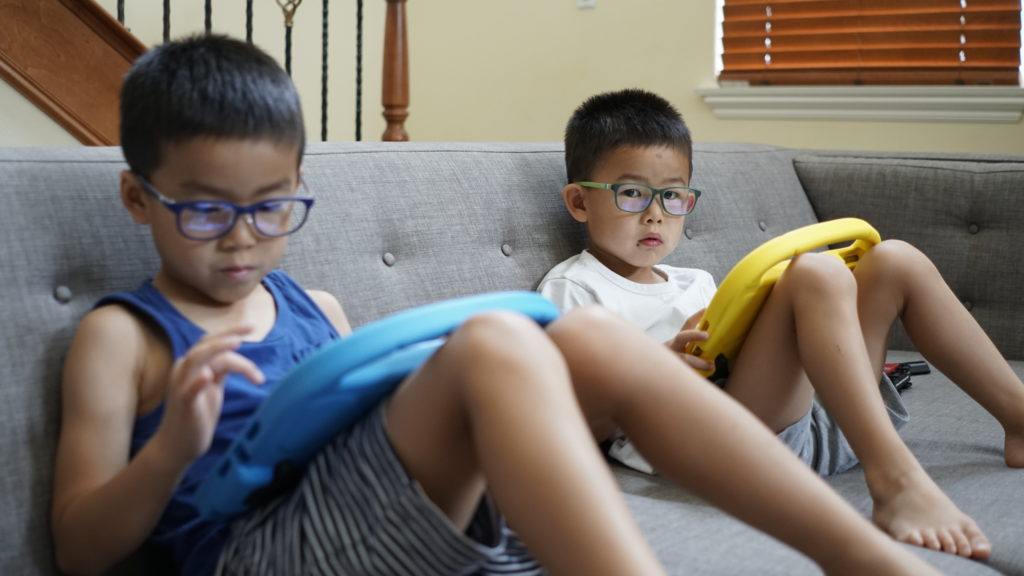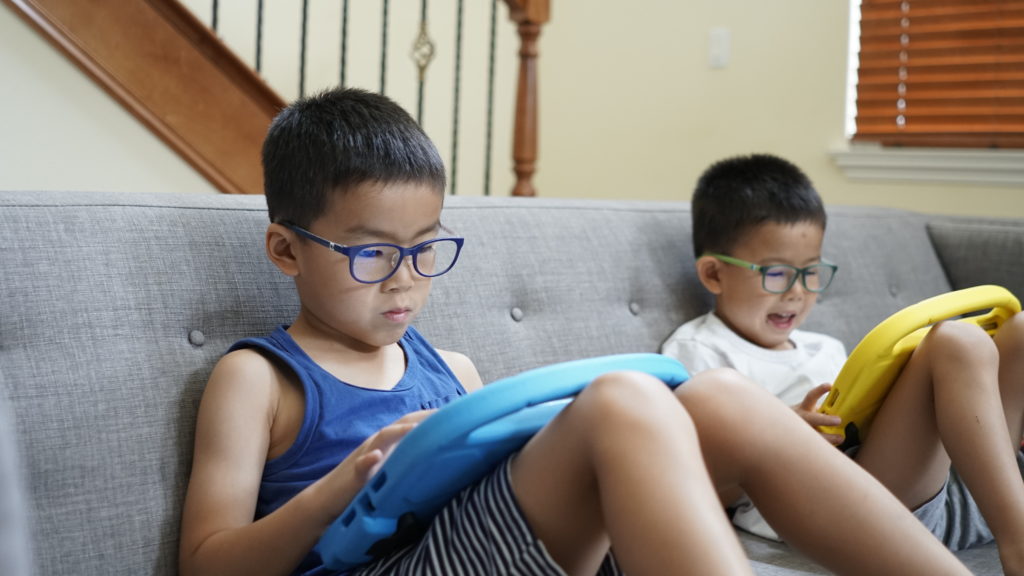I remember going into my first eye exam as a kindergartner with a TON of butterflies in my stomach. I always associated the doctor’s office with discomfort, intimidation, and fear, but all of this changed once I visited my optometrist. Oddly enough, I actually looked forward to seeing my optometrist every single year!
Turns out, my parents did it right when it came to bringing me in for my first eye exam. We recommend bringing your child in for their first eye exam before they start 1st grade. Why? Our eyes have a critical developmental period that exists within the first 8 years of our life.
During this time, we form important neural connections that enable us to see 20/20 vision. Improper formation of these connections may cause us to never see the world with 20/20 vision, as seen in cases of amblyopia that were diagnosed and treated after this critical period.
Needless to say, the first 8 years of your child’s life is a critical time where our eye doctors may effectively treat your child if he/she/they are at risk for these eye-related vision problems:
- Myopia (Nearsightedness): Blurry vision for objects that are far away
- Hyperopia (Farsightedness): Blurry vision for objects that are up close
- Amblyopia (Lazy Eye): Blurry vision in one eye due to misalignment across both eyes
- Strabismus (Crossed Eyes): Eyes look at different places at the same time, resulting in either headaches, poor depth perception, or double vision
The Good News: If detected early enough, most of these conditions can be treated through non-invasive methods. With myopia and hyperopia, glasses may be used to help your child clearly see the board in class or a ball while playing sports.
With myopia specifically, Ortho-K contact lenses and Atropine eye drops can be used to slow the progression of it. For amblyopia and strabismus, both vision therapy and patching may be done to realign your child’s eyes, allowing them to see the world clearly.
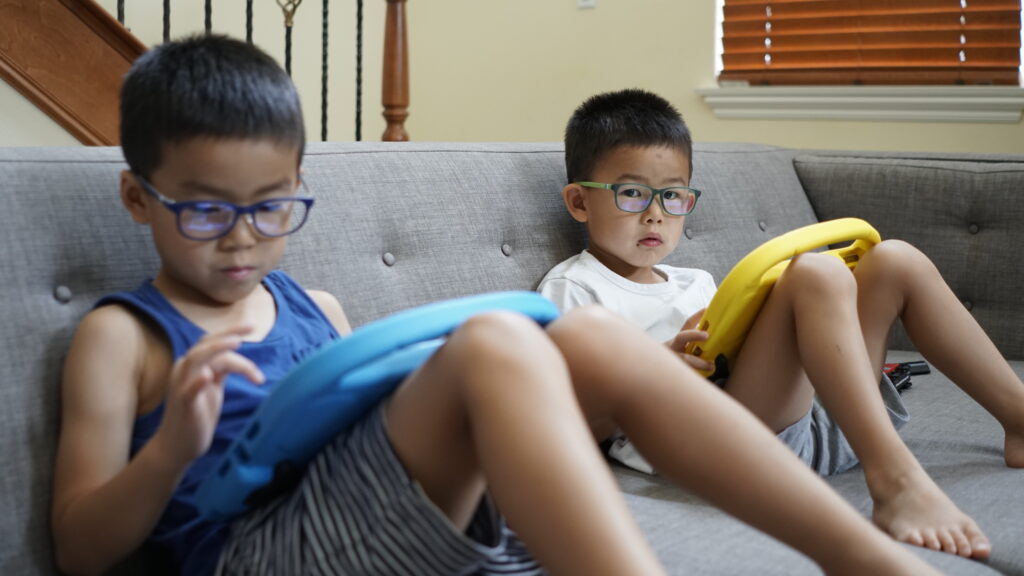
The Bad News: If amblyopia and strabismus are not detected early enough, invasive procedures, such as surgery, may be required to help realign your child’s eyes.
If myopia and hyperopia are not detected early enough, your child may struggle to learn in school, simply because they cannot see what is written on the whiteboard or in a book.
You may be wondering “What can my child and I expect for their first eye exam?”. One promise that we can give to you is that we try to make the eye exam as fun and educational as we can for both yourself and your kids!
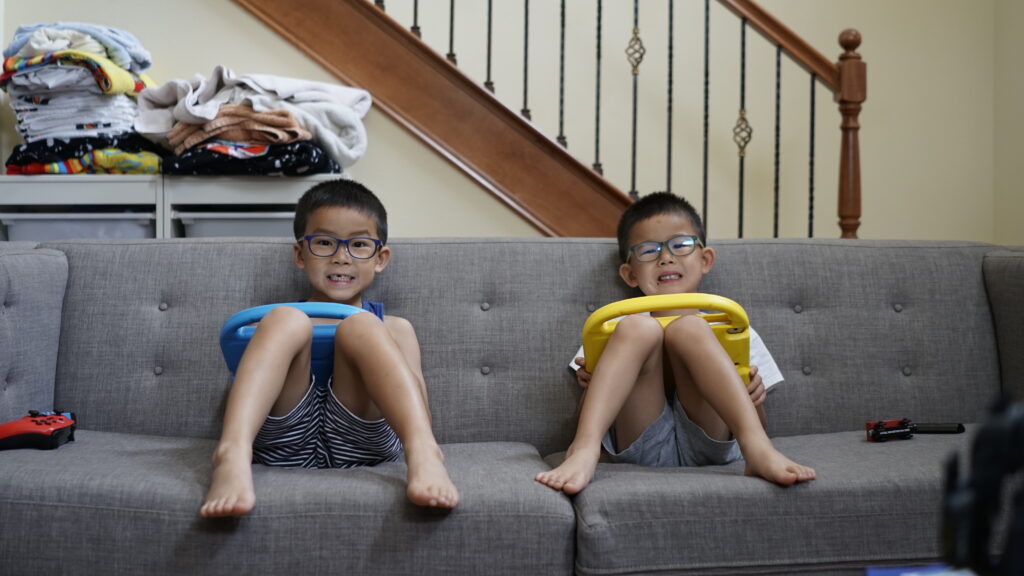
We understand how scary the doctor’s office may be for kids, especially since it’s their first time meeting our doctors and staff. Because of this, we promise to not do anything that would make your child cry. Seeing the empathy, care, and impact that my childhood optometrist had actually inspired me to pursue optometry! Who knows, maybe the same will happen with your child too!
call or text Bright Vision Optometry: (909)627-1111
schedule your next appointment online: CLICK HERE
the content on this blog is not intended to be a substitute for professional medical advice, diagnosis, or treatment. please seek the advice of qualified health providers with questions you may have regarding your medical or vision conditions.
Bright Vision Optometry is a family-owned & operated optometry office located in Chino Hills, CA 91709
